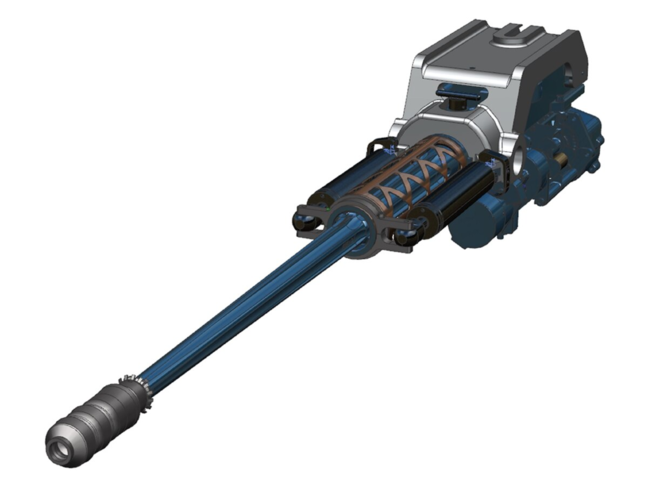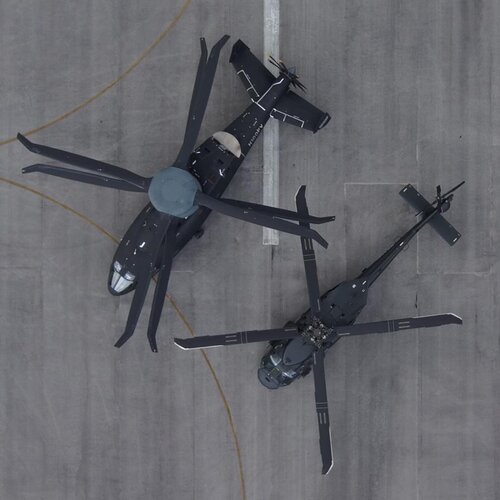View: https://twitter.com/BellFlight/status/1373026814189264897
Here's my nitpicking because i don't like when people are being disingenuous:
- It's not true that giving the customer more is a recipe for success. If you exceed requirements it means you could have barely met them instead and made the system cheaper. You're not going faster because you think the mission demands it - the Army does not think so- you're faster because you picked a configuration that makes no sense unless you're flying 250+ kts.
- I would argue the rigid coax had lower TRL than Bell's Tiltrotor, which even as perfected as they're making it, is only a tweak on an operational technology with millions of flight hours. So who's "innovating" more?
In the end i know this is just marketing, but i don't like listening to bull crap. There are other, more tangible ways in which the V280 is promising to be great. Use those instead.
end of rant.










